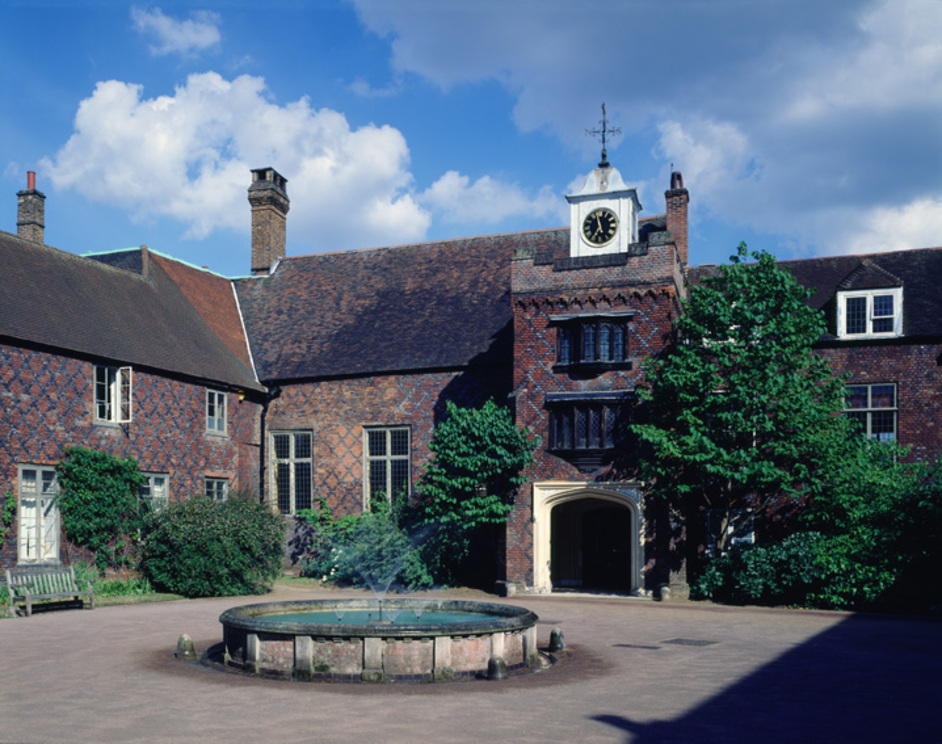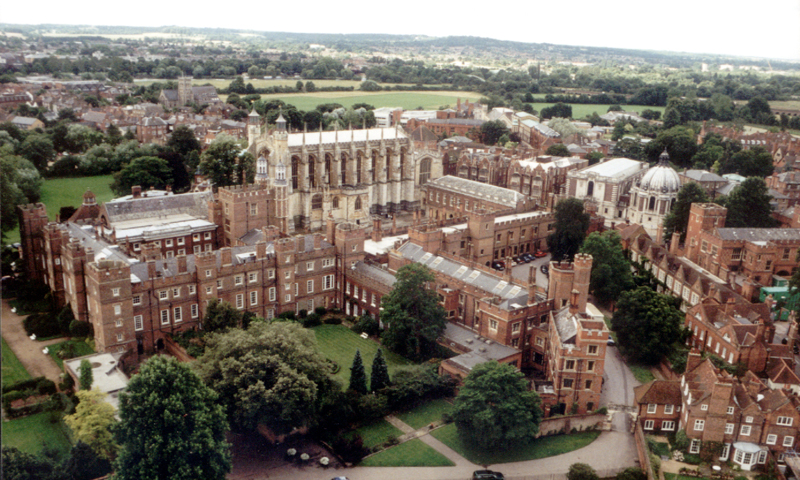iVisit.... a Roman Ampitheatre
Did you know that beneath the Guildhall Art Gallery are the remains of London ancient Roman Amphitheatre which was discovered during the excavations beneath Guildhall in 1988.

Did you know that beneath the Guildhall Art Gallery are the remains of London ancient Roman Amphitheatre which was discovered during the excavations beneath Guildhall in 1988.

Founded in a former print warehouse off Westbourne Grove, the Print Room theatre opened in 2010 as a little space with big ideas. The intimate performance and arts space quickly built a reputation for the ambition and quality of its productions.

Visit William Morris’s Red House in Bexleyheath. Owned by the National Trust and was built and lived in by the designer/artist/writer, it was the family home for 140 years.
https://www.nationaltrust.org.uk/red-house

Today, why not climb Monument and admire the views over the City. Its 202 ft and was build close to the spot where the Great Fire of London started on Pudding Lane.
http://www.themonument.info/

Why not visit the RAF Museum at Colindale in North London? It’s one of the best museums of flight showing a 90 year history of RAF aircraft. It’s on the original site of the actual Aerodrome that was used by the pilots during the Battle of Britain.
https://www.rafmuseum.org.uk/

A trip down memory lane for some of us, the Museum of Brands, Packaging and Advertising has a huge array of everyday objects from Victorian to the 80’s collected by Robert Opie.
http://www.museumofbrands.com/

This must-see London attraction invites you to step inside the most famous bridge in the world to explore its iconic structure, spectacular views and glass floor, modern exhibitions and magnificent Victorian Engine Rooms!

Chinatown is an integral part of London’s history: haunt of Boswell and Reynolds, birthplace of the post office, first site of Ronnie Scott’s, host to immigrant communities from the Huguenots to the Maltese and now London’s vibrant Chinese quarter.

Fleet Street is a major street in the City of London. It runs west to east from Temple Bar at the boundary with the City of Westminster to Ludgate Circus at the site of the London Wall and the River Fleet from which the street was named.

The London Dungeon is one of the capital's 'must-see' signature attractions - delighting audiences for almost 40 years. It's a 90 minute journey through 1000 years of London's murky past.

Hogarth bought the house to act as his family’s country refuge, a weekend and summer home, away from the noise of his other home in what is now Leicester Square.
http://www.hounslow.info/arts-culture/historic-houses-museums/hogarth-house

Butler's Wharf is an English historic building on the south bank of the River Thames, just east of London's Tower Bridge, now housing luxury flats and restaurants.

It has been said that there is nowhere else on earth quite like London's four Inns of Court.
http://www.london-walking-tours.co.uk/inns-of-court-tour.htm

Windsor Castle is the oldest and largest inhabited castle in the world. It has been the family home of British kings and queens for almost 1,000 years. It is an official residence of Her Majesty The Queen, whose standard flies from the Round Tower when she is in residence.

Nelson's Column is a monument in Trafalgar Square in central London built to commemorate Admiral Horatio Nelson, who died at the Battle of Trafalgar in 1805.

The National Maritime Museum is the largest museum of its kind in the world, filled with stories of exploration and human endeavour.

The British Museum is dedicated to human history, art and culture, and is located in the Bloomsbury area of London. Its permanent collection, numbering some 8 million works, is among the largest and most comprehensive in existence and originates from all continents, illustrating and documenting the story of human culture from its beginnings to the present.

Covent Garden Market had its beginning in 1835 when a patent was issued to hold a “public fair or mart” in the area of Richmond, Dundas and King Streets. In 1845, the Market found a permanent home when city business owners donated land near Richmond, Dundas and King Street.
http://www.coventmarket.com/

Harrods' 330 departments offer a wide range of products and services. Up to 300,000 customers visit the shop on peak days, comprising the highest proportion of customers from non-English speaking countries of any department store in London. More than five thousand staff from over fifty different countries work at Harrods. https://www.harrods.com/en-gb

Housing official residences of some of the biggest names in British politics, Downing Street is one of the most well-known locations in London.
https://www.gov.uk/government/history/10-downing-street#take-the-tour

Syon is one of the last great houses of London, and has been in the family of the present owners for more than 400 years. Profoundly historic, the House holds a wealth of art within its grand classical interiors, while the Park and Gardens feel like deep countryside, although barely nine miles from Charing Cross.
https://www.syonpark.co.uk/

As an Academy they have much in common with museums and other galleries, but they also play a broader role – to promote not just the appreciation and understanding of art, but also its practice.
https://www.royalacademy.org.uk/

A day out at Marble Hill is a real treat as this beautiful Palladian villa is set in 66 acres of outstanding riverside parkland near Richmond in West London.
http://www.english-heritage.org.uk/visit/places/marble-hill-house/

The Jewish Museum was founded in 1932 by Professor Cecil Roth, Alfred Rubens and Wilfred Samuel. Originally located in Woburn House in Bloomsbury, it moved to an elegant early Victorian listed building in Camden Town in 1994.
http://www.jewishmuseum.org.uk/

STANDING PROUDLY BETWEEN THE RIVER THAMES AND THE BEATING HEART OF LONDON’S THEATRELAND, THE SAVOY, A FAIRMONT-MANAGED FIVE STAR HOTEL, HAS LONG BEEN THE PLACE TO STAY IN LONDON FOR THOSE WHO PREFER THE FINER THINGS IN LIFE.

With archaeological evidence of Neolithic, Iron Age and Roman settlers and the foundations of a medieval palace under the East Lawn, the present site of Fulham Palace is steeped in history.

Little could archivists of a small piece of Roman mosaic have imagined the museum growing into the urban and social history centre visitors see today. They now receive over a million visitors to their museums each year.
http://www.museumoflondon.org.uk/museum-london

Eton was founded by King Henry VI in 1440 and lies just across the river Thames from the pretty Berkshire town of Windsor; most famous for its royal castle.
http://www.etoncollege.com/Default.aspx

On the edge of Hampstead Heath surrounded by tranquil landscaped gardens, Kenwood is one of London's hidden gems. The breathtaking interiors and stunning world-class art collection are free for everyone to enjoy.

Speakers' Corner is a traditional site for public speeches and debates since the mid 1800's when protests and demonstrations took place in Hyde Park.
https://www.royalparks.org.uk/parks/hyde-park/things-to-see-and-do/speakers-corner